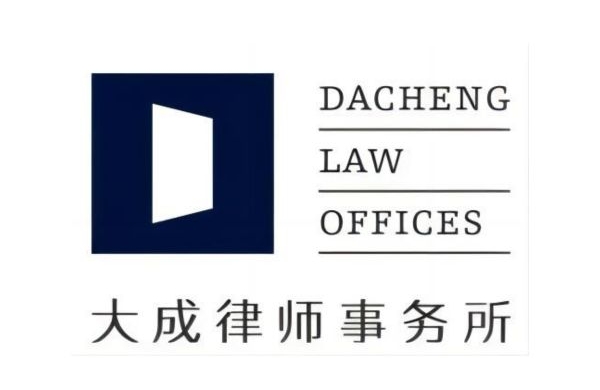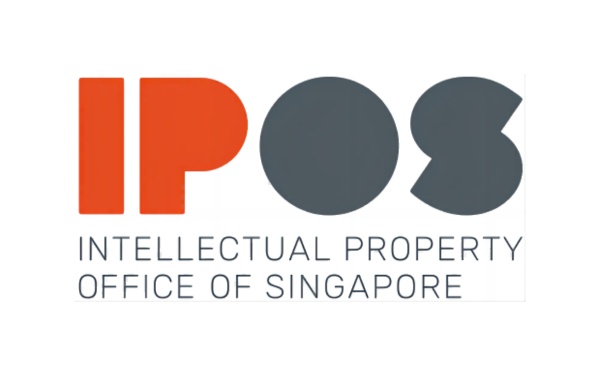Did not receive verification mail? Please confirm whether the mailbox is correct or not Re send mail

IPR Daily
- 2017-04-24 10:52:44
ZTE and Microsoft in Mixed Ruling at Federal Circuit
The US Court of Appeals for the Federal Circuit mostly affirmed a Patent Trial and Appeal Board (PTAB) ruling that a patent challenged by technology companies ZTE and Microsoft is invalid.
IPR Licensing is the owner of the patent, US number 8,380,244, which describes and claims “dual mode” communications devices that can use cellular and Wi-Fi networks.
The licensing company sued ZTE and Nokia for patent infringement in separate actions at the US District Court for the District of Delaware.
ZTE then filed a petition for inter partes review (IPR) of claims 1–8, 14–16, 19–29, 36–38, and 41–44 of the patent, and the PTAB instituted a review of all of challenged claims.
A subsidiary of Microsoft then bought Nokia’s wireless devices and services business, and soon after Microsoft filed its own petition for IPR.
The board instituted the review, and added Microsoft’s IPR to ZTE’s.
Microsoft agreed to “proceed solely on the grounds, evidence, and arguments advanced” in ZTE’s petition.
The board, in a final written decision, determined that all of the challenged claims were unpatentable for obviousness, so IPR Licensing appealed.
In its appeal, IPR Licensing argued that the PTAB had misconstrued the term “plurality of assigned physical channels”, which is present in all of the challenged claims, and had erred in finding claim 8 obvious.
The Federal Circuit affirmed most of the PTAB’s decision, but vacated the board’s finding that claim 8 was unpatentable.
According to the board, all of the challenged claims were unpatentable for obviousness over a combination of US patent number 6,243,581, the General Packet Radio Service Standards published by the European Telecommunications Standards Institute in 1998, and the IEEE 802.11 Standard (used for Wi-Fi).
“We conclude, however, that substantial evidence does not support the board’s articulated motivation to combine the asserted references to arrive at the invention defined in claim 8,” said the court.
The court added that the logic of the board’s analysis was “wanting” and remanded the determination of the claim’s unpatentability.
Source: WIPR
Editor: Camila (camila@iprdaily.com)
- I also said the two sentence
- Also you can enter 140words
 PurpleVine Successfully Assists Client in Invalidating Sisvel US Patent
PurpleVine Successfully Assists Client in Invalidating Sisvel US Patent Chang Tsi & Partners Successfully Represents Wuxi's First Intellectual Property Civil Case Attached to Criminal Case
Chang Tsi & Partners Successfully Represents Wuxi's First Intellectual Property Civil Case Attached to Criminal Case China Monthly Antitrust Update: February 2024
China Monthly Antitrust Update: February 2024 IPOS was publishing a legal decision involving the trademark of tech giant, Google
IPOS was publishing a legal decision involving the trademark of tech giant, Google


